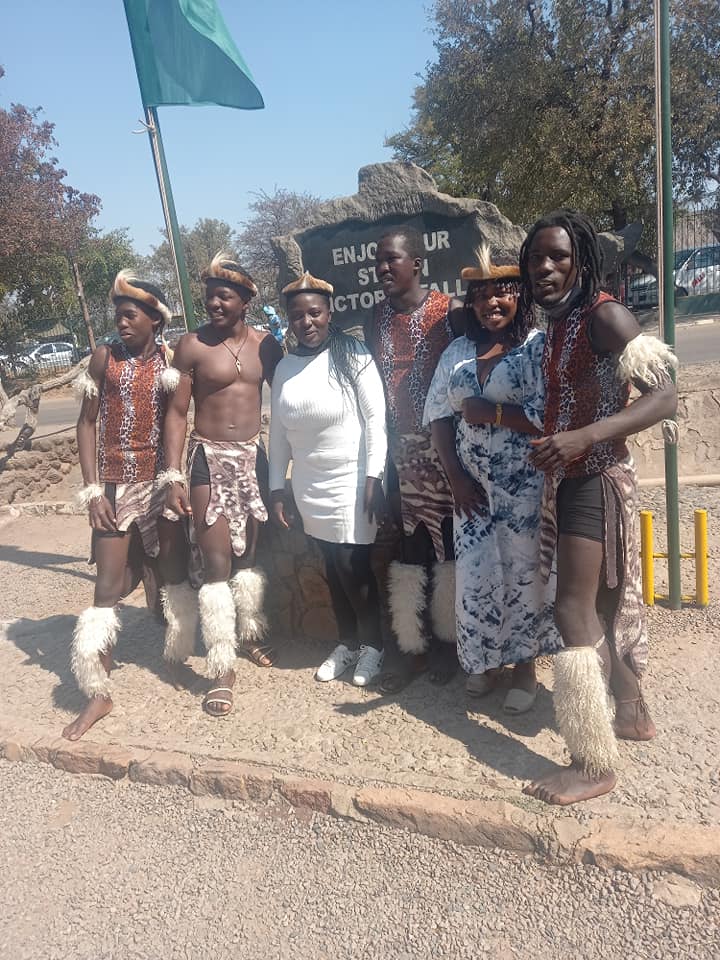The creative industry is a vehicle that can be used to foster growth and structural transformation. Creative industries are those industries that have their origin in individual creativity, skill, and talent, and have potential for job creation through the generation and exploitation of ideas or imagination, (UNIDO, 2013). Cultural industries use creativity, cultural knowledge, and intellectual property to produce products and services with social and cultural meaning. They include advertising; architecture; crafts; designer furniture; fashion clothing; film, video and other audiovisual production; graphic design; educational and leisure software; live and recorded music; performing arts and entertainment; television, radio and internet broadcasting; visual arts and antiques; and writing and publishing, (NPAAC, 2010).
Meanwhile, gender means the roles and responsibilities that are socially constructed by society in a certain culture or geographical location. According to UNCTAD, (2008), Creative industries account for 3.4% of total world trade, with exports reaching $424.4 billion in 2005 and an average annual growth rate of 8.7% during 2000-2005. Organisations such as UNIDO, UNESCO and UNCTAD promote creative industries to maximize economic contribution of women and facilitate culturally inclusive development.
The gender disparities within the creative industry are a mirror that reflect the realities embedded in the society. Gender Links (2017) highlights that women’s voices are a vital tool in development. Conwell, (2005), argues that masculinities and feminism are founded on women’s relationship with the economy. Occupations in the workplace are often sex segregated and there are those that are said to be masculine in nature and are fit for men and more feminine roles are for women. This has led to gender discrepancies in workplaces and the creative industry is not an exception.
The creative industry is gendered due to the prevalence of the social constructions of masculinity and feminity, characterised by unequal relations. In this regard, men and women tend to be treated in gender specific ways. Patriarchal relations in the family and society give power to men, which has resulted in women remaining in the lower end of the creative industry.
There are certain popular stereotypes that negatively affect women in society such as being viewed as sex objects and weak. The digital divide gap in the industry is widening. Women face challenges to access digital tools for artistic creation and distribution such as digital music platforms, online tutorials and sound-mixing software, (UNESCO 2021). Gender equality is crucial in ensuring a genuine diversity of cultural expressions and equal opportunities in cultural employment and artistic work.
Zimbabwe has ratified several important conventions such as the 1972 Convention Concerning the Protection of World Cultural and Natural Heritage, 2005 Convention on the Protection and Promotion of Diversity of Cultural Expressions, the 2003 Convention for the Safeguarding of Intangible Cultural Heritage, 1970 Convention on the means of prohibiting and preventing the illicit import, export and transfer of ownership of cultural property, 1954 Convention for the protection of cultural property in the event of armed conflict, 1980 Berne Convention for the protection of Literary Artistic Works and the 1995 Convention of the WTO agreement on Trade related aspects of intellectual property rights, (UNESCO 2018).
However, there is still room for improvement especially with regards to gender equality. Women play a vital role in society and as such they can only realize their full potential when they are aware of their strengths and are not marginalized in all sectors and that includes the creative industry. Male domination has had a negative effect on women, this has been perpetuated by cultural and societal socialisations. Furthermore, distorted images of women by the media have a negative effect on the society and its development.
A level playing field is needed to empower women in the creative industry. Despite the existence of a National Gender Policy in the country, there is still a lot to be done to achieve gender equality in the creative industry. It is yet to be seen how the newly formulated National Cultural and Creative Industries Strategy (NCCIs) will treat the issue of gender equality in the creative industry.
Until next time folks we hope that the gender disparity in the creative industry will be addressed if there is unity of purpose towards achieving gender equality. Nothing is impossible.



